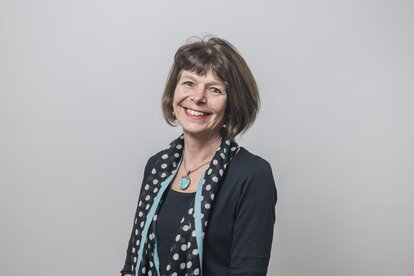For the past nearly two weeks, I have been in Bangladesh. The time was split between three tasks: supporting our project Sharique in developing five short “digital stories” about women whose example inspires others; and facilitating two different workshops. The digital stories took me to the district of Sunamganj – huge swathes of which are underwater at this time of year. It is a beautiful place to visit, but a difficult one in which to live, as made clear by the tales of the women whom we met.
What is meant by a “digital story” is simply a story told with mixed media – film footage, drawings (we had an artist with us), voices, music and photographs. The women told their stories themselves, with additional observations made by other individuals such as their husbands, neighbours, and local government officials. All the voices will remain in their original Bangla, as the primary target audience is other rural women and men; English subtitles will be added in versions for a wider audience. I was deeply impressed by how all the women – and almost everyone else interviewed – simply stood in front of the camera and spoke naturally, with confidence and dignity. I would not find this an easy task. The essence of the stories of three of the five women, all of whom were unashamedly chosen as successes of our Sharique project, are as follows.
Janohara came from a large family, and was married at the age of 10, thus ending her schooling. This made her determined, she said, to have only two children and ensure their proper education. This achieved, and now aged 40, Janohara is active within her Union Parishad (UP, the lowest level of government on Bangladesh) in campaigning against child marriage. Child marriage is still breathtakingly common in Bangladesh, though illegal. According to a study by the ILO, 65% of young women in the country were married before the age of 18, and 29% before the age of 15, with higher prevalence than average in rural areas.
Shikha Rani is a widow who started becoming involved in community affairs after the death of her husband. Having received training (through Sharique) on citizen’s rights and on public speaking, she has become passionate about informing others in her community. Thus she has gone from door to door encouraging everyone to register births (as those unregistered cannot claim any government benefits), and has also taken to checking works implemented through the UP. As a result, she discovered and exposed corruption in the drilling of three tube wells in her hamlet, resulting in the payment of compensation to the residents.
Monowara, who (having been denied any education and married off as a child) taught herself to read and write, learned the skills of a birth attendant, and then through training in public speaking and other matters, gained the confidence to stand for local election and fight for women’s rights. Her words were made particularly moving by the fact that she had had to contend with a husband who violently resisted her efforts, including beating her with a metal pipe. He acknowledged on camera that he had used violence in the past, but was now proud of his wife. This is another shocking statistic; 65% of women in Bangladesh report experiencing physical violence at the hand of their current partners. Such a statistic cries out for more concerted intervention.
Yet despite the statistics above (and any statistics have to be treated with a little caution), the position of Bangladeshi women as well as men has improved hugely since independence from Pakistan in 1971. The government’s programme of stipends for girls attending school up to college level, for example, has been an important factor behind greatly increased girl’s educational attainments; in 1991, only 37.9% of young women aged 15-24 were literate, whereas the figure in 2012 was 81.9%. Maternal mortality rates have also shown significant improvement due to better primary health care, whilst the change in women’s fertility rate is huge. In 1970, a woman had on average 6.9 children; by 2013, the figure had dropped to 2.2. These statistics (sourced from the World Bank) are very clear development achievements.


